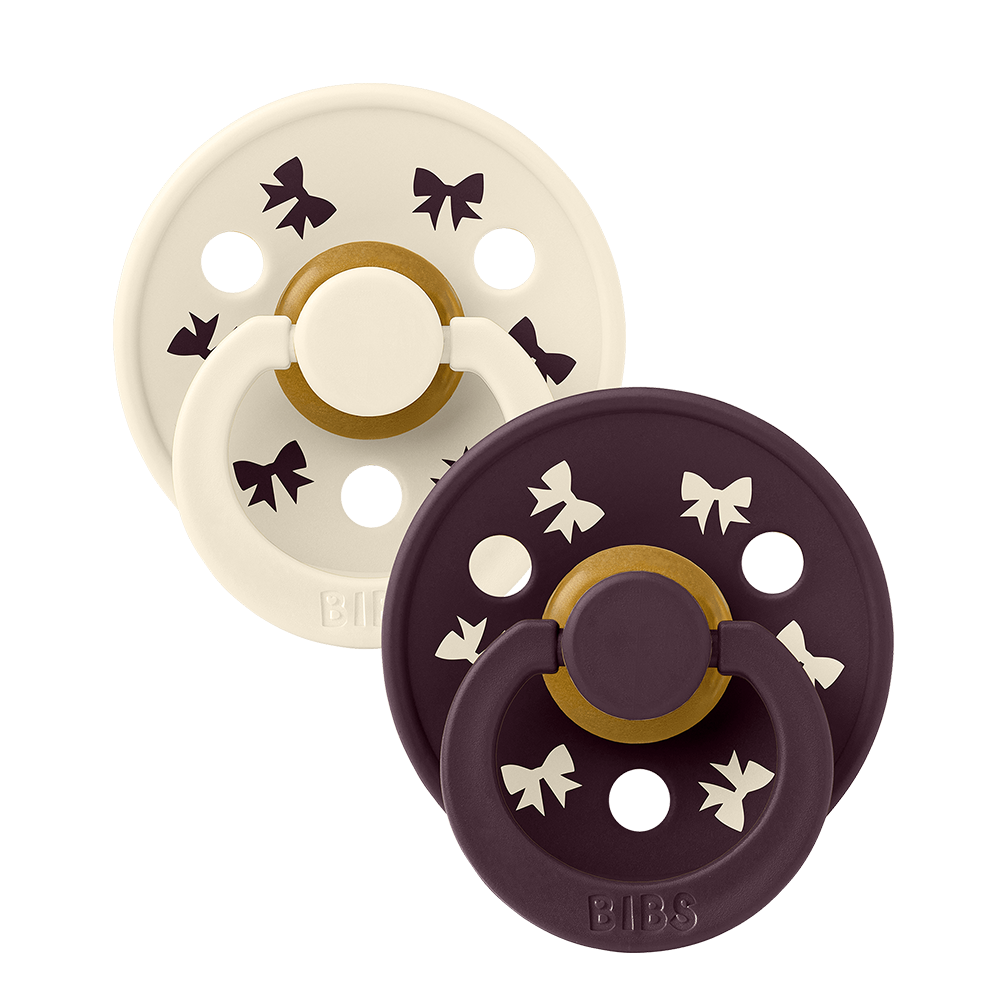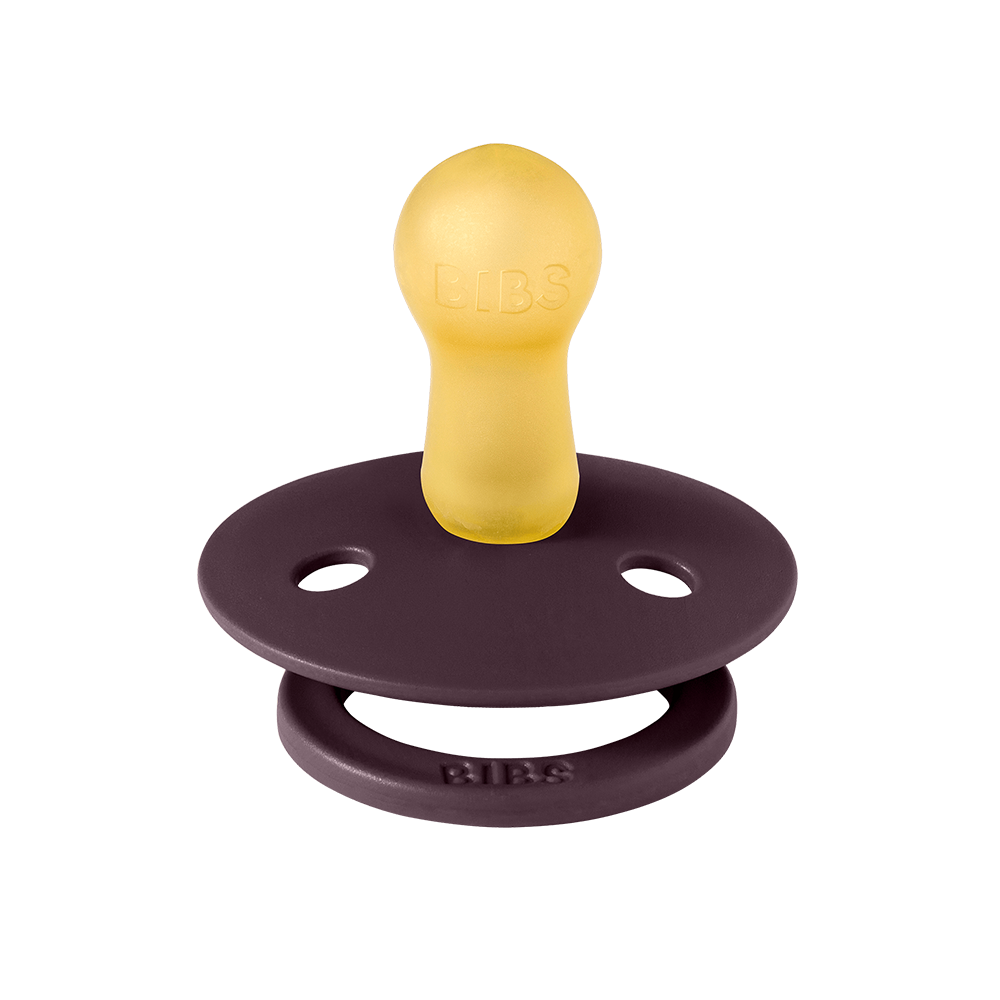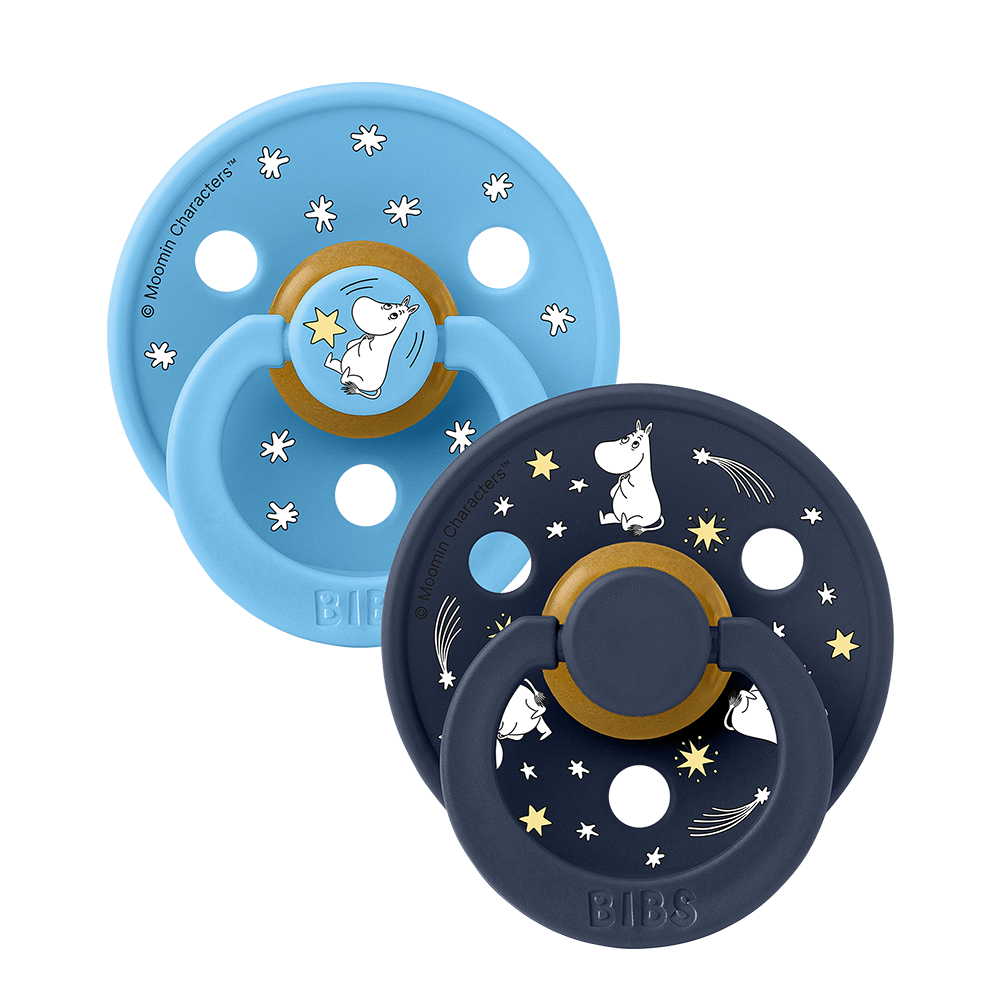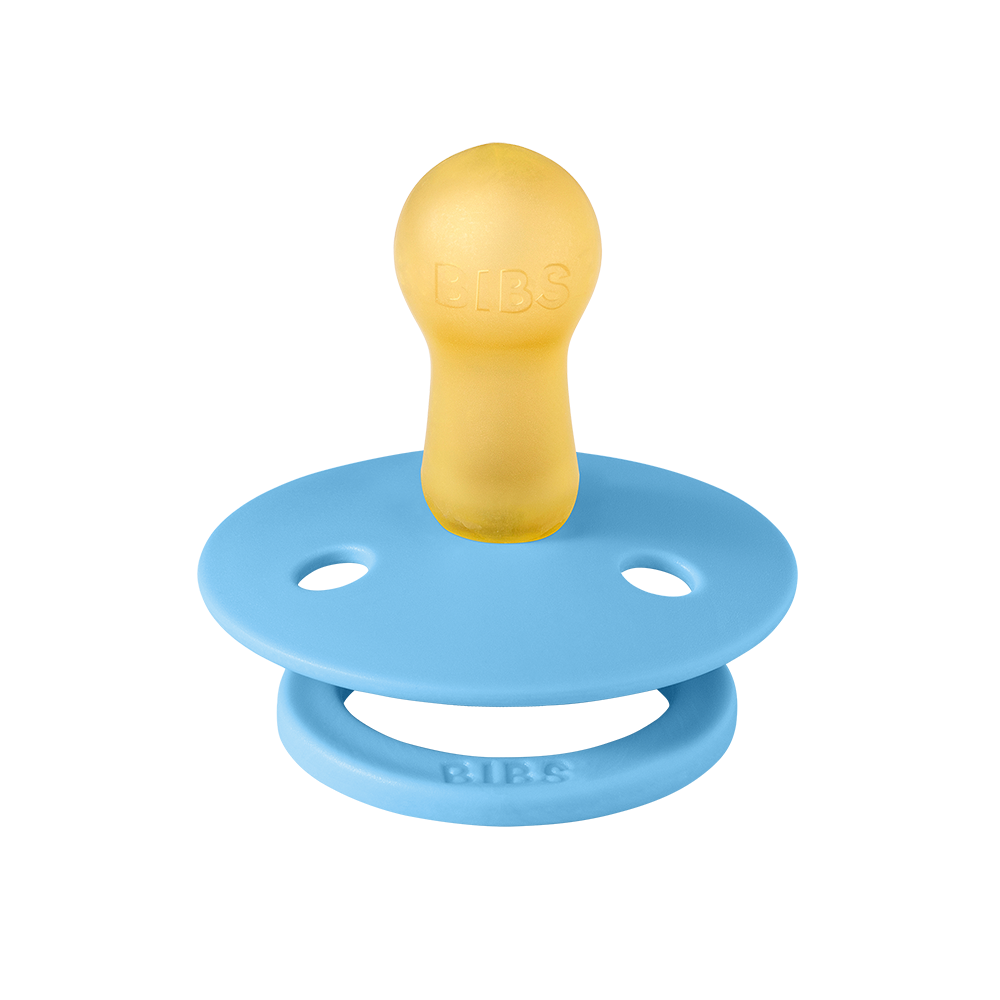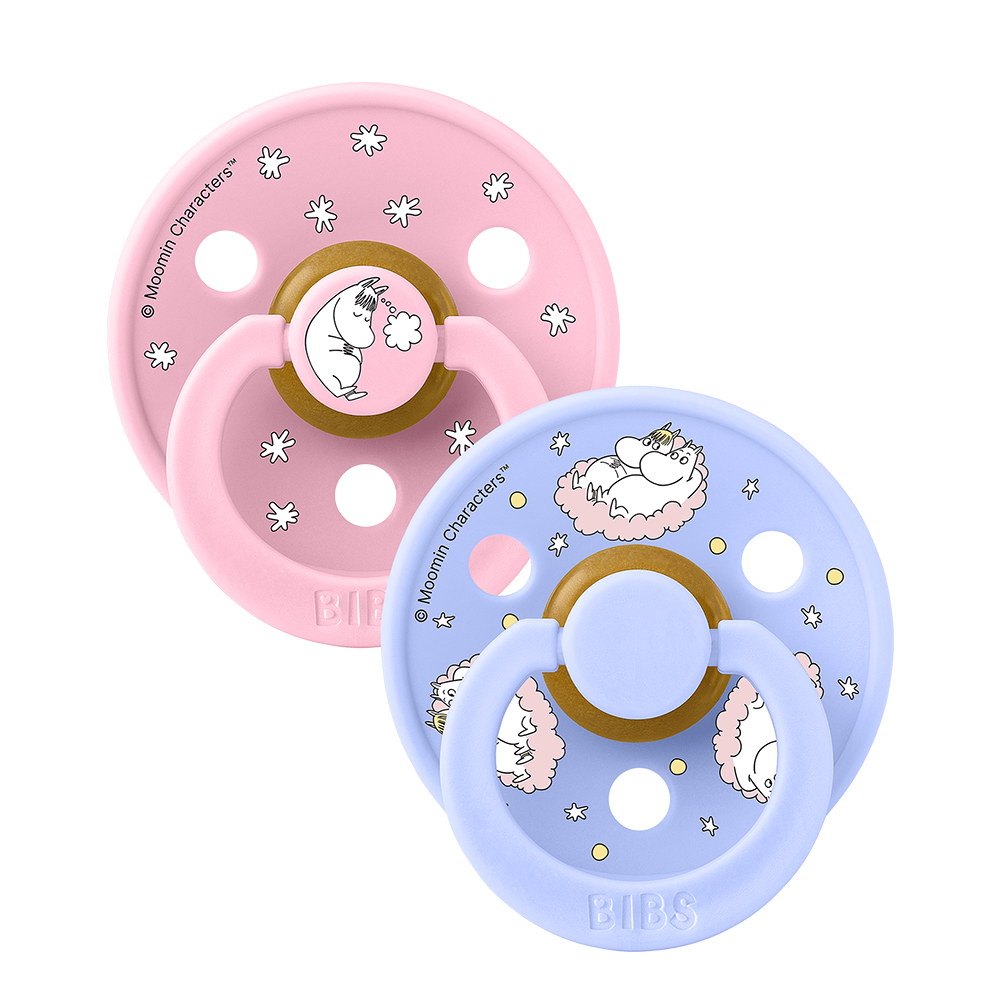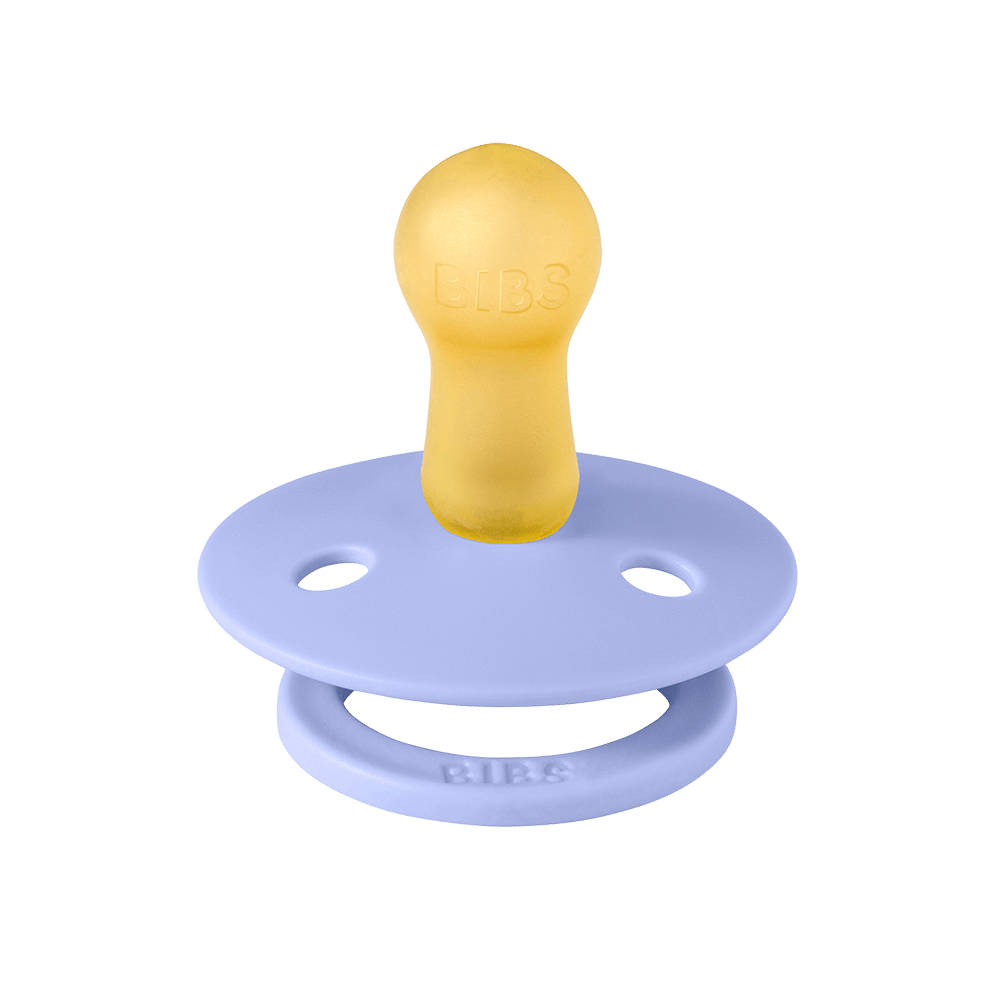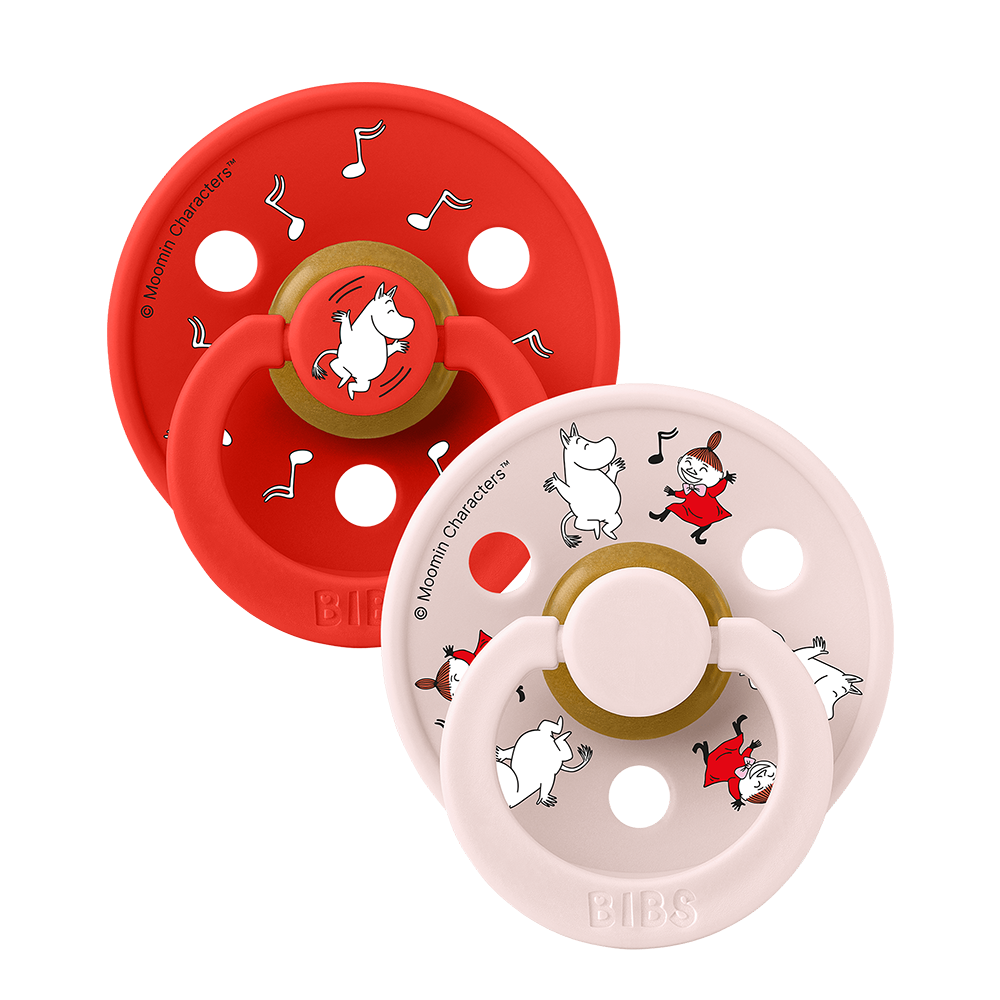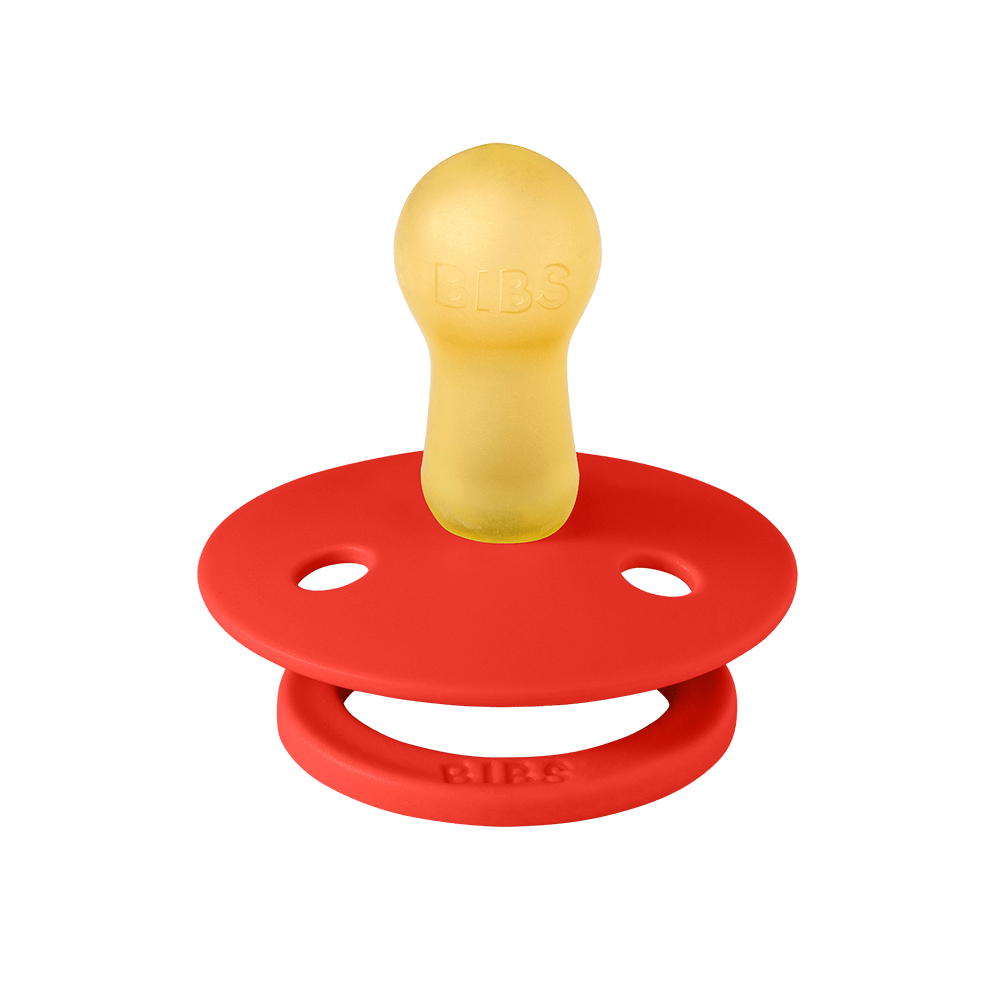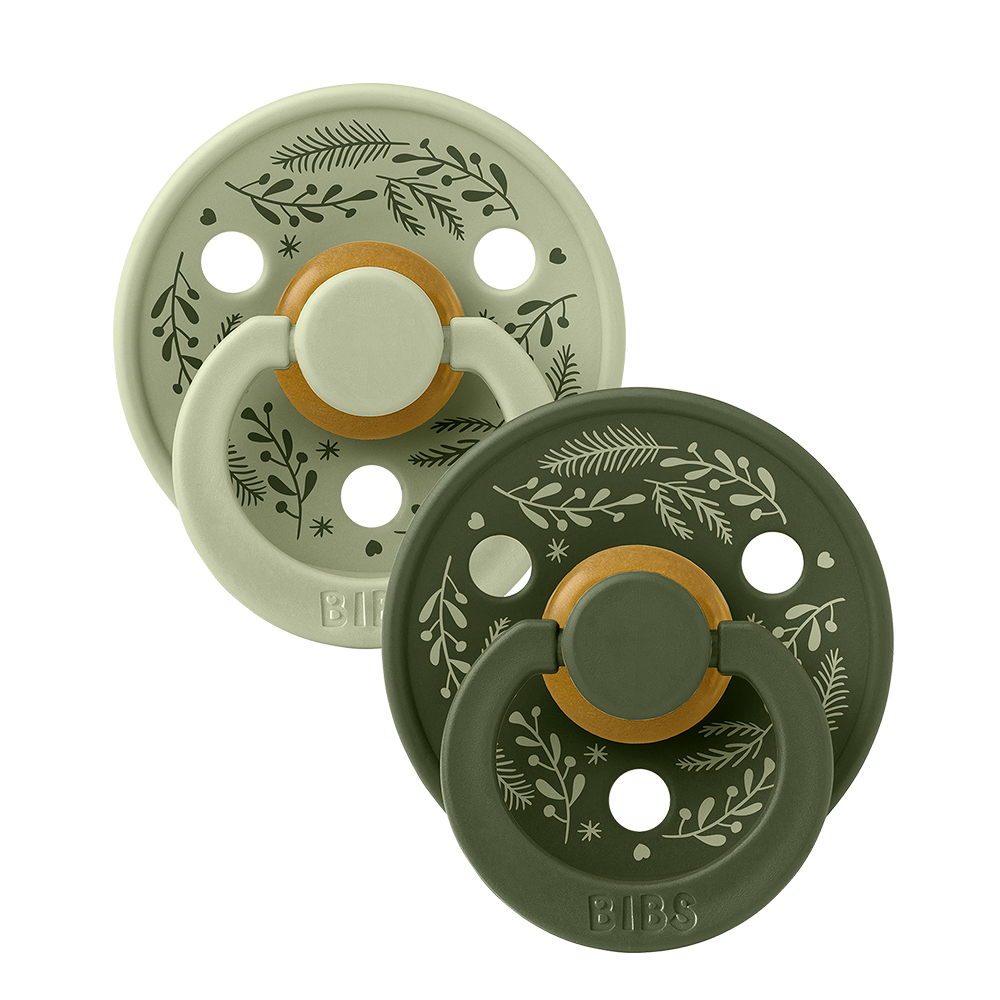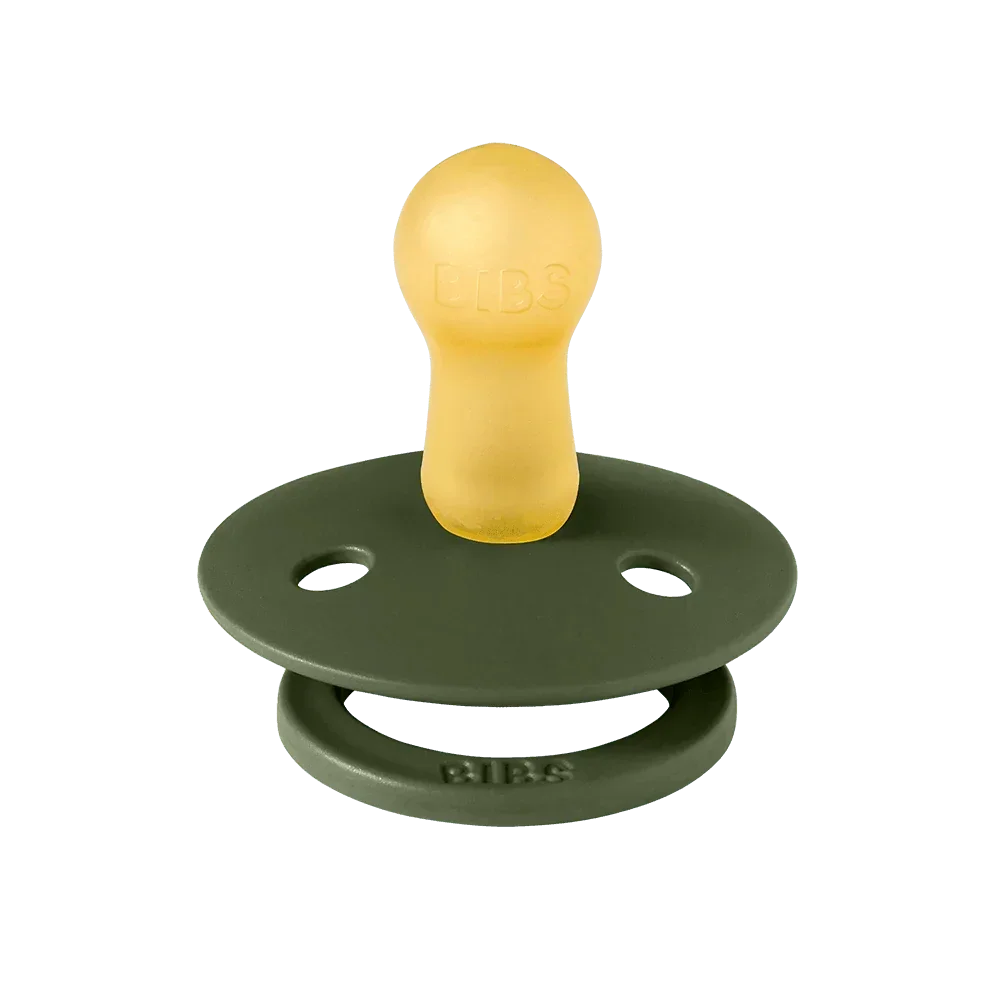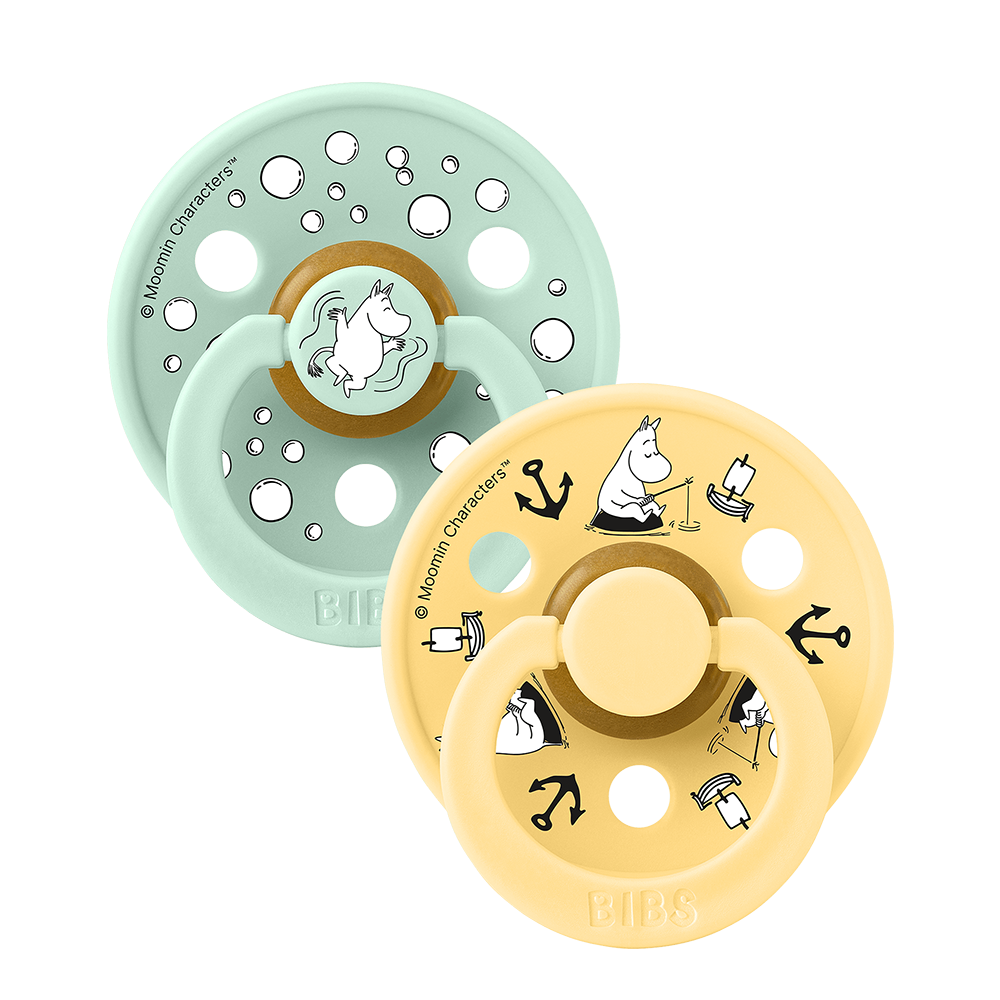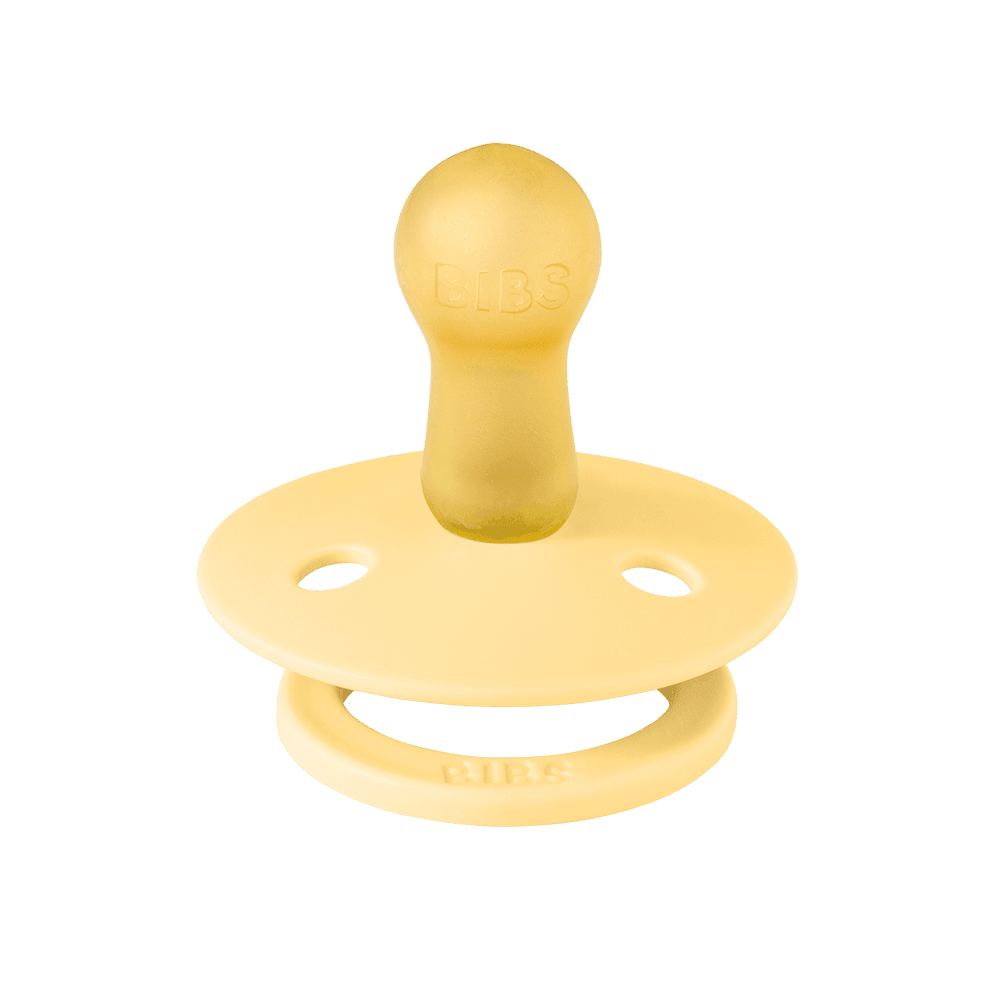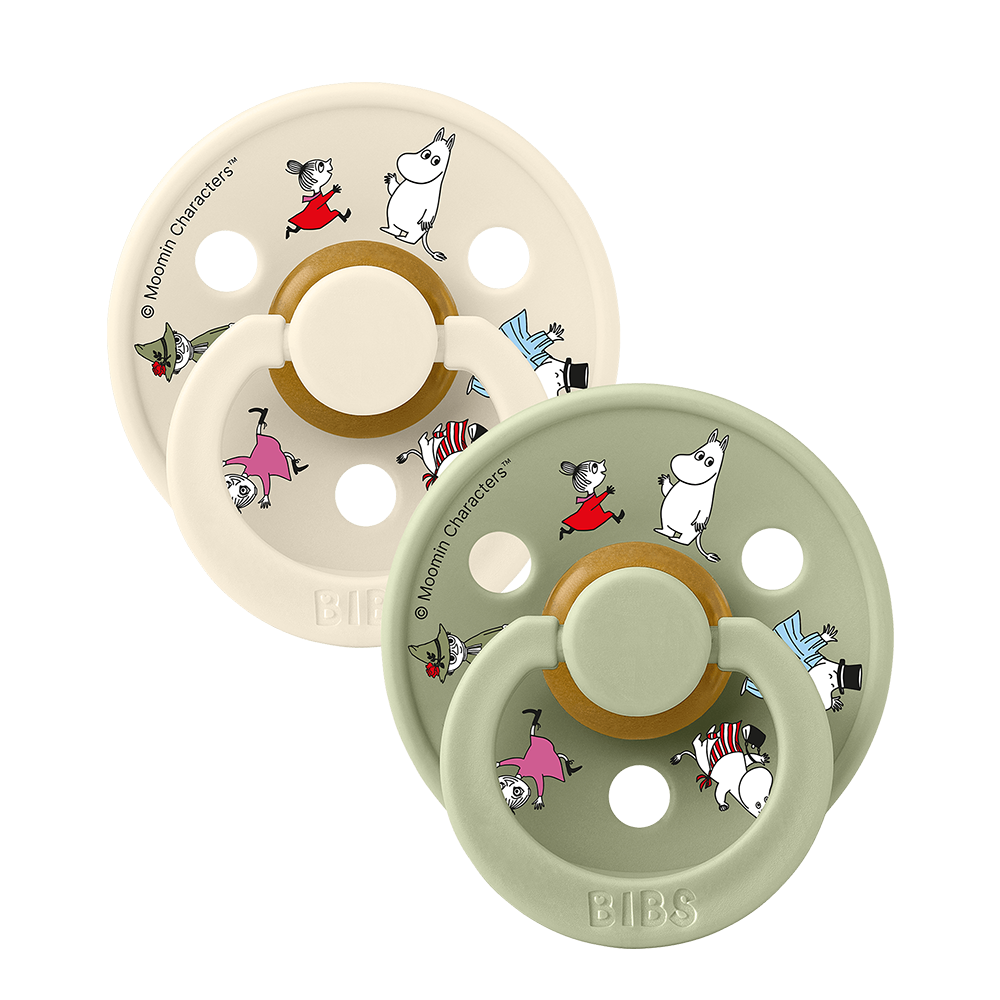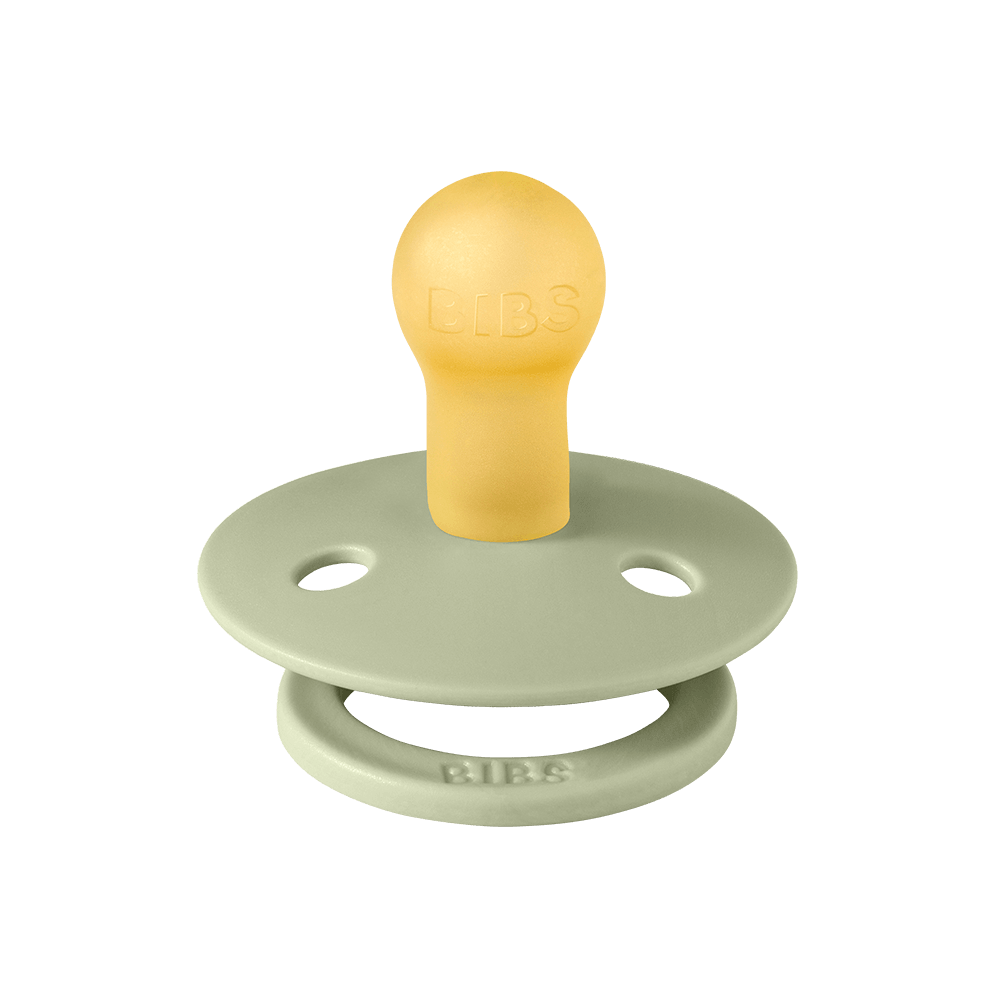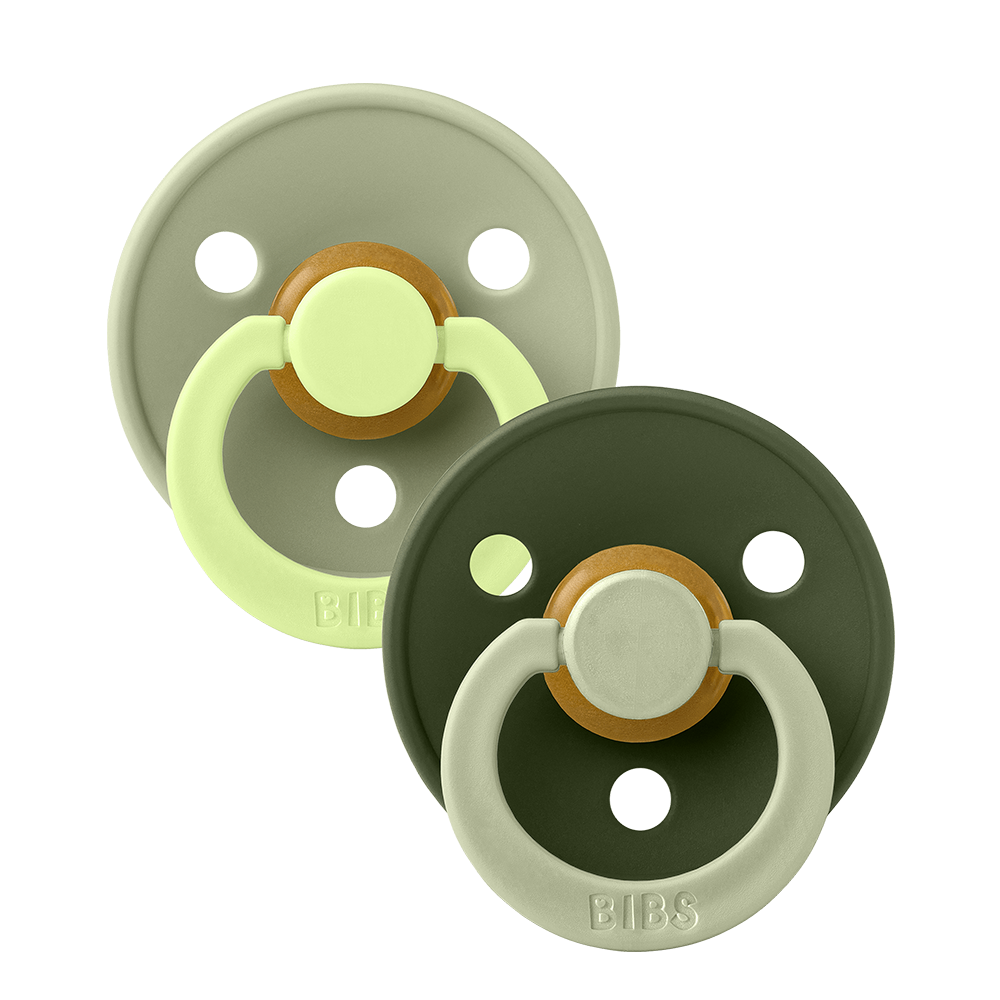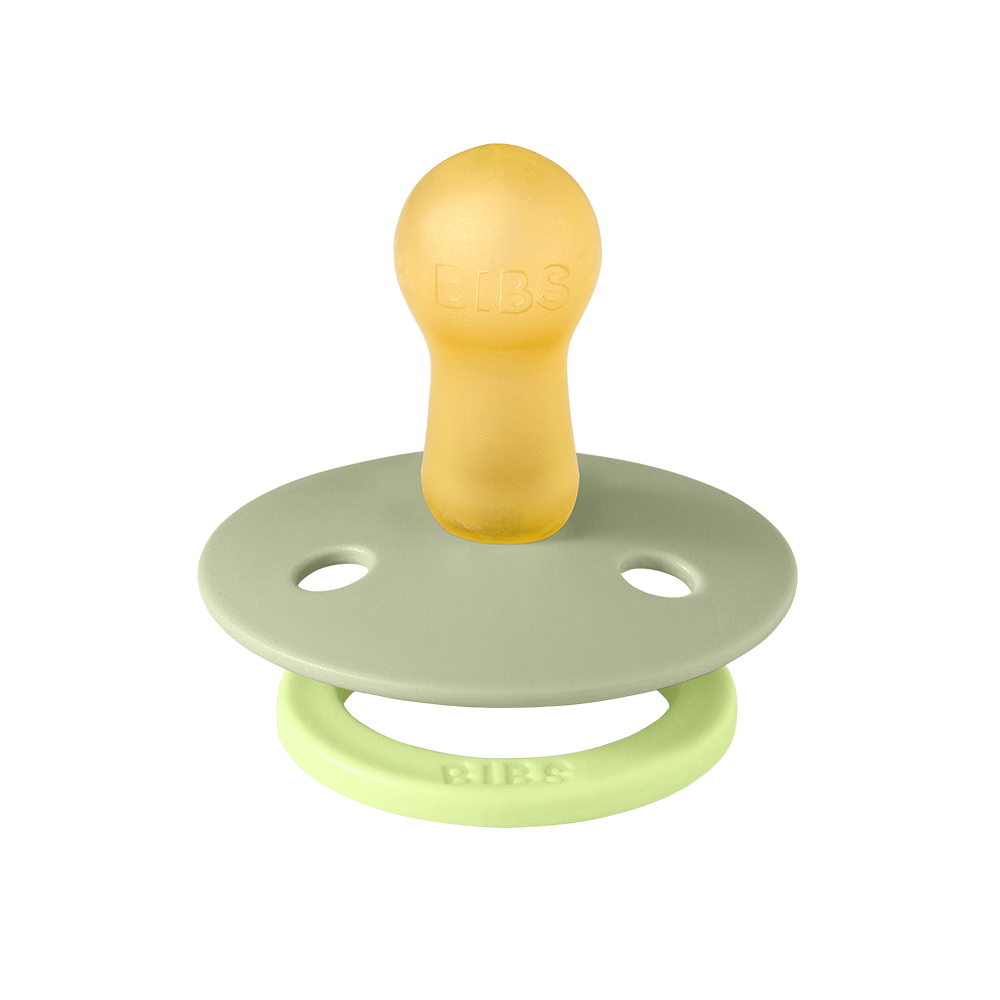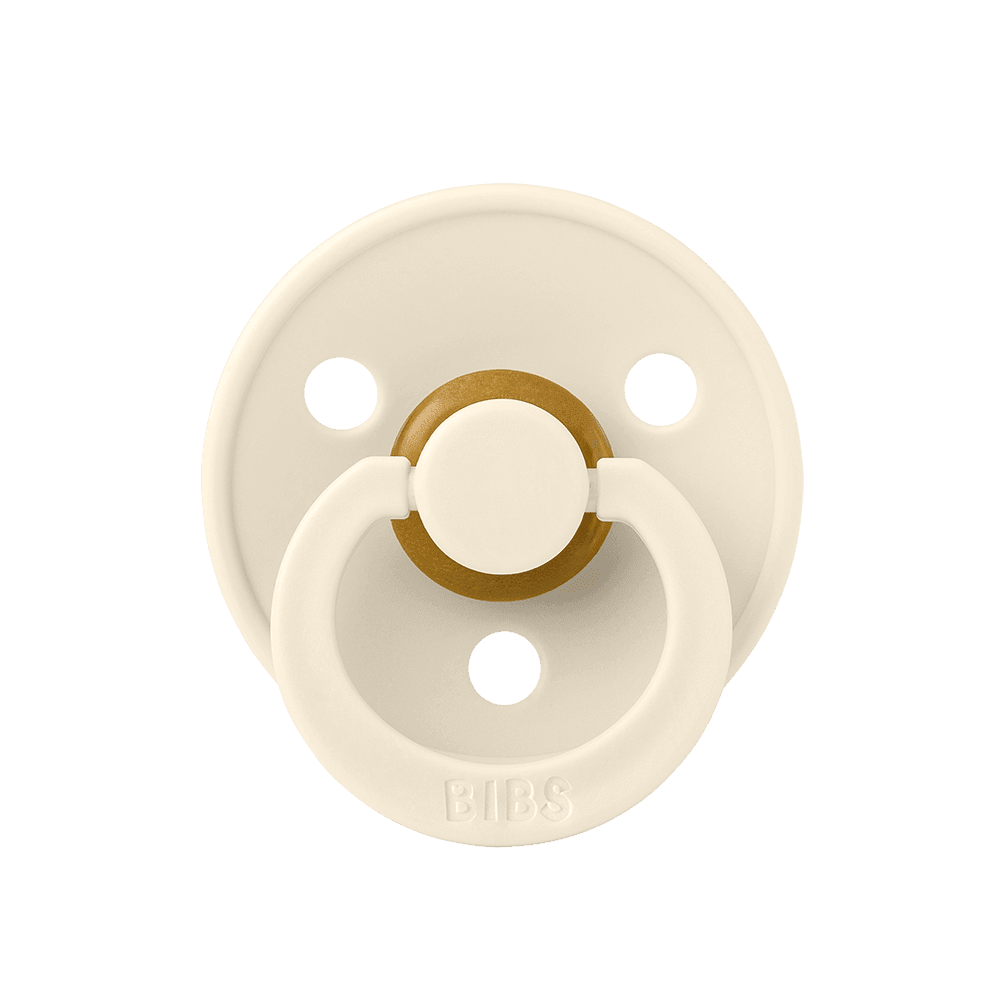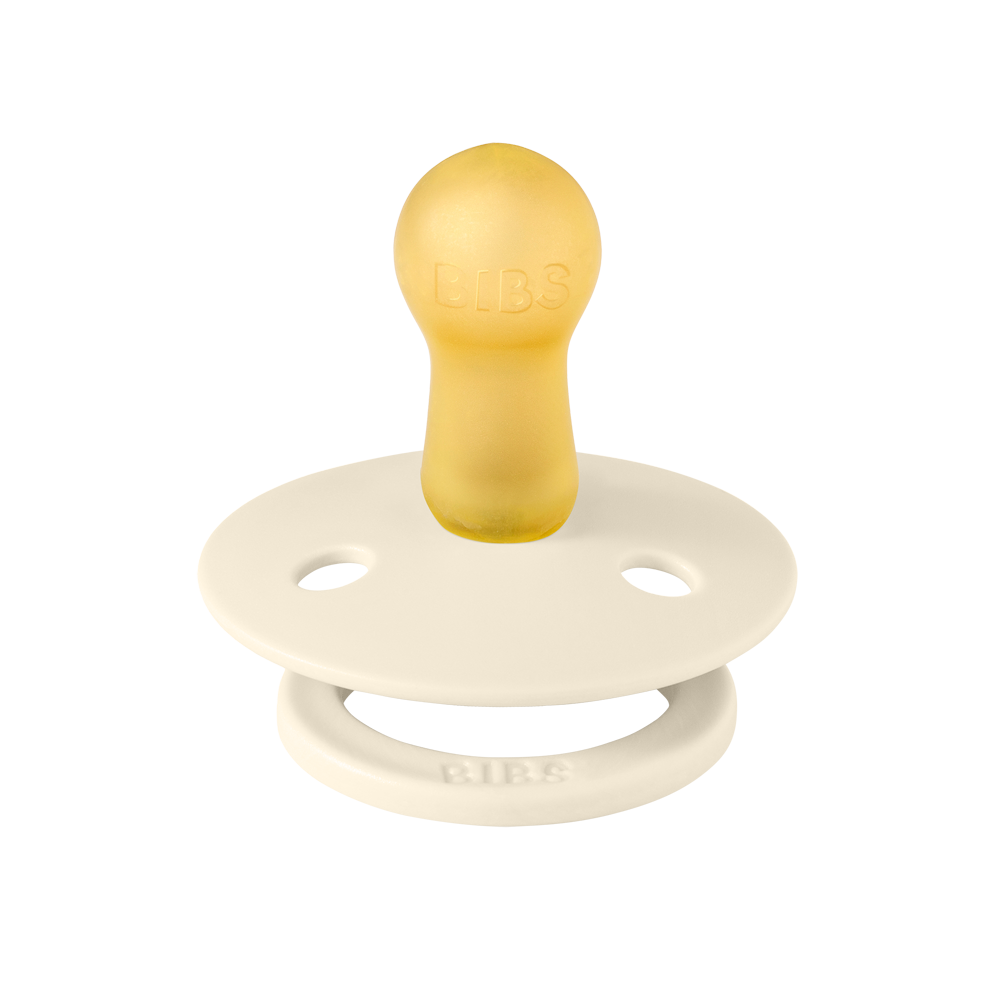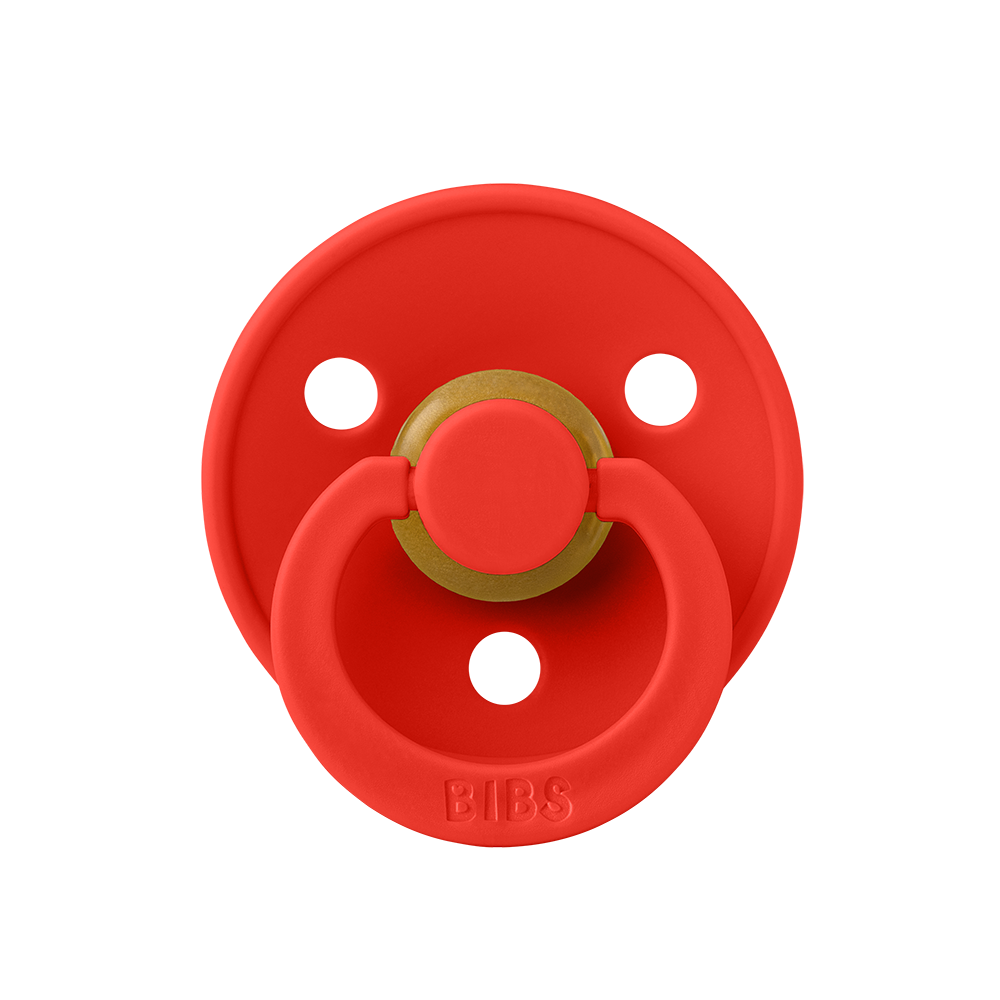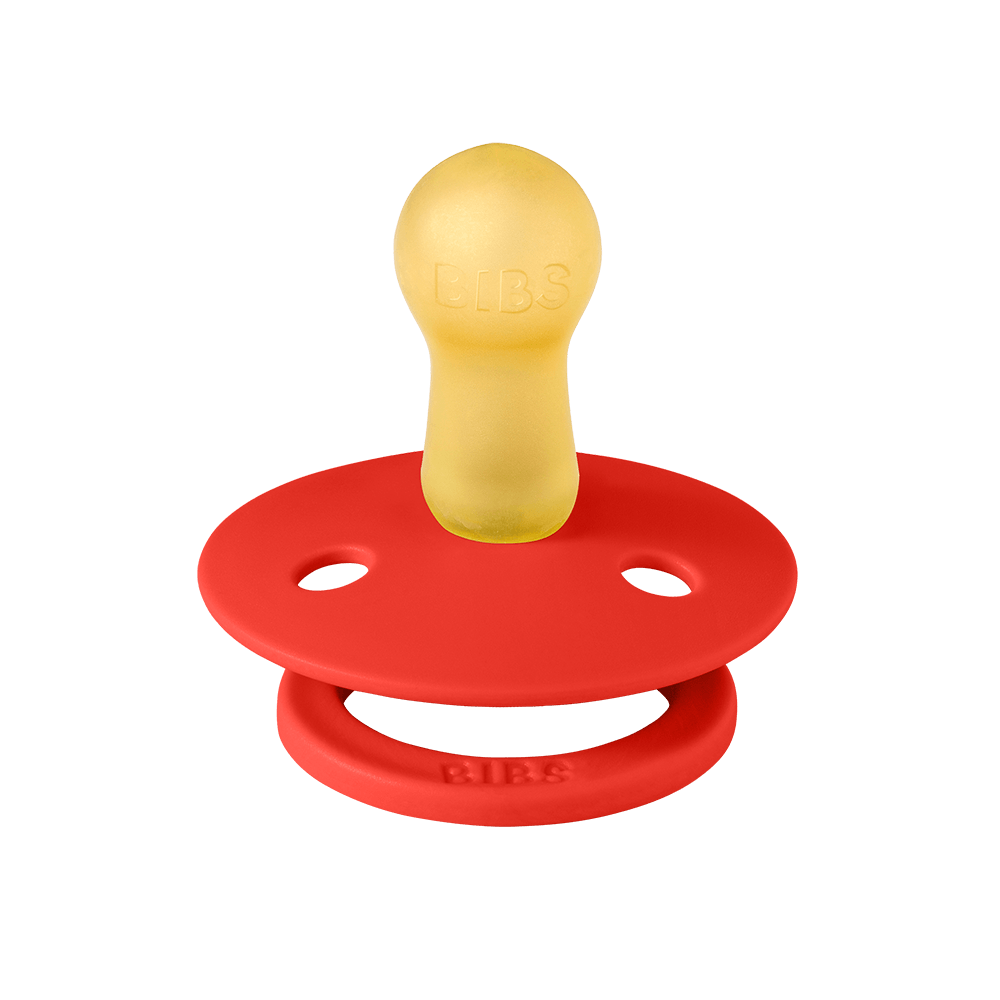
WHO states that breastmilk is the ideal food for infants and recommends that children are exclusively breastfed for the first 6 months of life. If breastfeeding is successful, it is great! It is a wonderful thing to be able to feed your baby. However, mothers and fathers might choose to bottle feed their babies either by necessity or by choice.
“Before giving birth and during my pregnancy, I had the wish to breastfeed Lilli. In the beginning, the breastfeeding was okay, but rather quickly my nipples cracked and became very sore. To ease the pain, I started using nipple shields. Thinking back, I should probably never have started using them. Lilli became accustomed to the nipple shields, and I was not able to wean her off them. It became increasingly difficult to breastfeed her and I started worrying that she would not get sufficient food. So, I started supplementing with formula after 2-3 months, and at 4 months old Lilli was fully on formula.”
In this blog post, we will discuss if bottle feeding is as bonding as breastfeeding, and how to bond with your baby if you can’t breastfeed.
Can bottle feeding be as bonding as breastfeeding?
The short answer is Yes! Because it’s about more than the bottle or the breast (1)! What is most important is that the baby is fed and loved, and there are many ways to build a strong bond with a baby, whether through breastfeeding or bottle feeding.
Tips for bonding with your baby while bottle feeding
Feeding is a great way to bond with your baby – regardless of whether it’s over the breast or the bottle. Here's how you can bond with your baby while bottle feeding:
- Keep the baby close to you as you feed him or her.
- Look into the baby's eyes and keep eye contact.
- Pay attention to the baby, and not to the TV, computer, or phone.
- Talk to the baby; even though he or she can't respond, they're still listening!
- Sing to the baby. If you're not into baby songs or nursery rhymes, sing one of your favorite s quietly.
- Hold the baby's hand while feeding. Touch and skin-to-skin contact are powerful ways to bond with a baby. Studies have found that physical touch can stabilize a baby’s heart rate and breathing, lead to decreased crying, and aid both parents’ bond with the baby (2).
All the above can help the baby feel loved, secure, and attached to the person feeding them. Bottle feeding can also provide an opportunity for fathers, partners, and other family members to take an active role in feeding and caring for the baby, which can help build their bond with the baby.
Sources
- Hairston et al. (2019) Mother-infant bonding is not associated with feeding type: a community study sample, in BMC Pregnancy and Childbirth volume 19, Article number: 125.
- Moore et al. (2012) Early skin-to-skin contact for mothers and their healthy newborn infants, in Cochrane Database Syst Rev, volume 2016.
